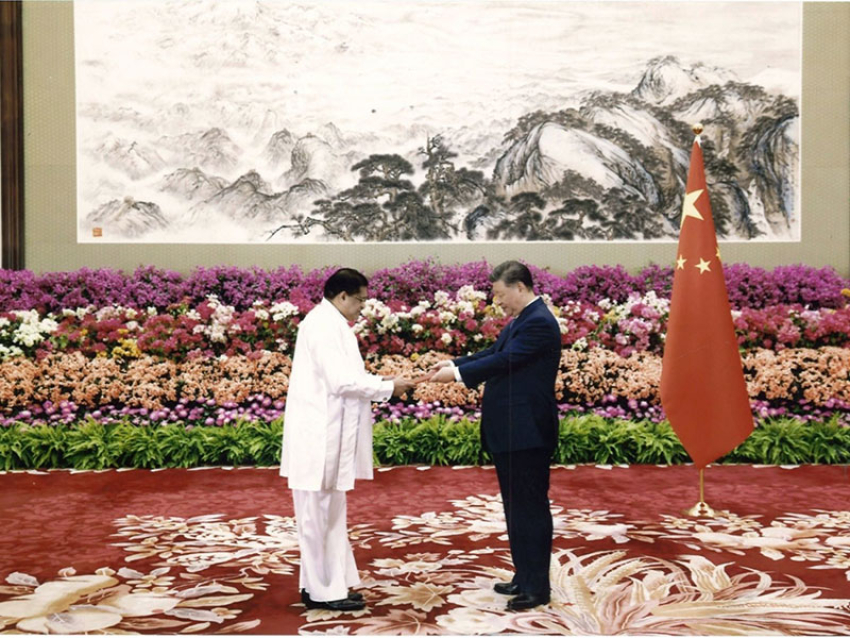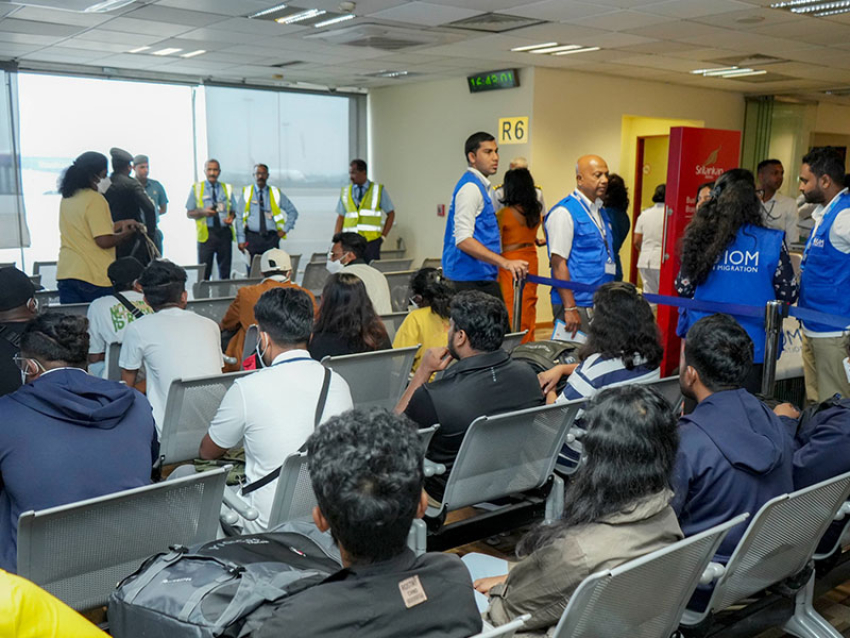Indian elections can be simply termed as largest man-managed events on account of shear numbers involved. According to the Election Commission of India (ECI), an autonomous body under the Indian Constitution, the number of registered voters in country is more than 800 million as of February 2014. This is more than the population of both North and South American continents taken together or all the countries of Europe or of Africa combined. The last elections to the Indian Parliament held in 2009 involved 714 million voters, 835 thousand polling stations, 1.18 million electronic voting machines and 11 million personnel.
India has proved to be a stable democracy, relatively a rare phenomenon in South Asia, for 67 years after its independence on August 15, 1947. The country has so far seen 15 General Elections and 348 elections of state assemblies in last 62 years of democratic transfer of power through ballot. Every five year this country with population of 1,210,193,422 (623.7 million males and 586.4 million females, as per the Census 2011) goes for elections to form a Federal Government led by a Prime Minister. However Indian electorate does not elect their Prime Minister directly but is elected by members of parliament. Head of State is President who is elected by the members of an electoral college consisting of elected members of both the Houses of Parliament and the elected members of the Legislative Assemblies of States and the Union Territories.
ELECTORAL EXERCISE
Indian Constitution bestows the responsibility of conducting free and fair elections to the Election Commission of India. General Elections for 16th Lok Sabha announced in first week of March 2014, will take six weeks to complete. From the first date of polling up to the date of counting (May 16), the country will see nine phases of polling. A total of 9,30,000 polling stations would be created to cover this country which is spread in an area of 3.3 million sq kilometre. Polling stations are being set-up in island territory of Andaman-Nicobar to Auleyphu which is at the height of 15,300 ft in Ladakh Parliamentary Constituency.
As per the latest electorate data available with the Election Commission of India, the largest five parliamentary constituencies of the country together constitute 1,16,51,249 electors while the smallest five together constitute 7,56,820 electors. The total electorate size in the largest five constituencies is thus 15.4 times of that in the smallest five constituencies. Malkajgiri in Andhra Pradesh with 29,53,915 electors has the largest number of electors while Lakshadweep with 47,972 electors has the smallest number of electors. Five states including Uttar Pradesh, Maharashtra, West Bengal, Andhra Pradesh and Bihar constitute 252 seats in 545 member Lok Sabha.
In a multi-party democratic system, the country has 1,616 registered political parties out of which 6 are national and 47 are state level. Rest 1,563 are categorised as state recognised parties. However not all the parties participate in every election. While in 2004 election 215 parties participated, a total of 363 recognised parties took part in 2009.
Thus the exercise of holding election in world’s seventh largest and second most populous country is humongous. According to the ECI figures, the number of electorate has swelled 4.7 times in 2014 as compared to first general election held in the year 1951-52. The number of registered voters has gone up by 100 million since 2009 general elections. As per the final summary revision 2014 released by the ECI on February 14, 2014, there are 81,45,91,184 registered electors in the country. The country has added 2,31,61,296 voters aged between 18 and 19 years who will be using their franchise for the first time. This constitutes 2.8% of the national electorate. Out of the total registered voters in the country 42,66,51,513 are male and 38,79,11,330 are female. Since 2012 Indian Election Commission has also allowed its citizens to get enrolled in the category of ‘Others’ in addition to the male and female category. There are 28, 341 voters registered as others.
In India women did have voting rights since the first general election held in 1951-52. However they do not have enough representation in the Parliament corresponding with their population and electoral strength. Outgoing 15th Loksabha had 59 members while 556 female candidates contested from 543seats in 2009. Women participation in contesting election has been much lower as compared to men. Up till the ninth General Election women participation was 30 times lesser then men, though tenth general election onwards the participation improved. Women constitute 41.4% of the total registered voters in India. There are states such as Kerala, Goa, Meghalaya and some Union Territories where number of female voter is higher than that of males.
While electoral exercise is spread across weeks, the counting of votes will be complete in a single day on May 16, 2014 this election. This is because electronic voting machines (EVMs) are being used to cast votes in Indian elections. EVMs were firstly introduced in General Election of 2004, though it was first used on experimental basis in 1982 during assembly elections of Kerala in Parur Assembly Constituency. According to ECI 17,20,080 control units and 18,78,306 of EVM will be used in this election exercise.
Starting from this General Election, ECI will be introducing a new system of Voter Verifiable Paper Audit Trial (VVPAT) system. In this voter will get a slip after casting vote as a mark of successful voting and verification. However, due to technical constraints of VVPAT compatible units, this will not be implemented in the entire country. Also, this general election, voters will get an option of NOTA (Non of The Above) if they do not want to vote for any of the contesting candidate. Supreme Court of India has ruled on September 17, 2013 on a writ petition that there should be a “None of the Above” (NOTA) option on the ballot papers and EVMs.
In this journey of more than six decade, Indian electoral system has evolved to a great extent. During the first and second General Elections held in 1951-52, and 1957, the ECI adopted the ‘Balloting System’ for casting votes. Under this system, every candidate was allotted a separate ballot box at each polling station in a screened compartment. The voter was required only to drop his vote, the centrally pre-printed ballot papers into the ballot box of the candidate of his choice.
From the 3rd General Elections in 1962 onwards, the ECI switched over to ‘Marking System’ of voting. Under this system, a common ballot paper containing the names and election symbols of all contesting candidates is printed on which the voter has to put a mark with an arrow cross mark rubber stamp on or near the symbol of the candidate of his choice. All the marked ballot papers are put into a common ballot box.
Voting Ink has also emerged as unique feature of Indian elections. In India it has been a great challenge for the government and the ECI to hold and complete the process of general elections. In achieving this and to eliminate the fake voting, the election commission has introduced a measure, i.e. using Indelible Ink which is put on the left hand finger nail of the voter. The Indelible Ink, a composition of Silver Nitrate leaves a mark that cannot be removed by any chemical, detergent or oil. It stays for a few months. In India Mysore Paints and Varnish Limited (MPVL) specializes in manufacture and supply of quality Indelible Ink. This is done in association with the ECI, National Physical Laboratory and National Research Development Corporation. It is the sole authorized supplier of this type of foolproof Indelible Ink in India having exclusive license granted by National Research Development Corporation (NRDC), New Delhi since 1962. Apart from supplying Indelible Ink to Indian elections, Mysore Paints & Varnish Ltd has been exporting the ink to 28 countries across the world since 1976. Turkey, South Africa, Nigeria, Nepal, Ghana, Papua-New Guinea, Burkina Faso, Canada, Togo, Sierra Leone, Malaysia and Cambodia are some of these countries that also use this Indian ink for their elections.
With 60 years of experience in management of the largest and the most complex elections in the world, several countries look up to share ECI’s expertise and skills in these critical areas that safeguard democracy. ECI has MoUs for cooperation in electoral management with 14 countries, the UNDP and the IFES. Indian Election Commission was also invited on about ten election observation assignments in the recent past.




















